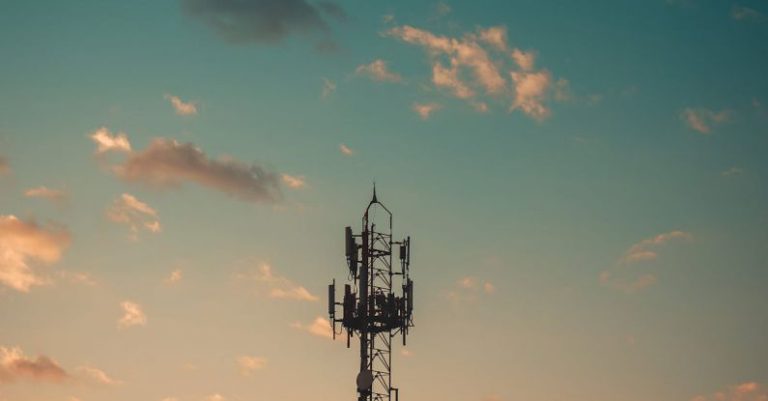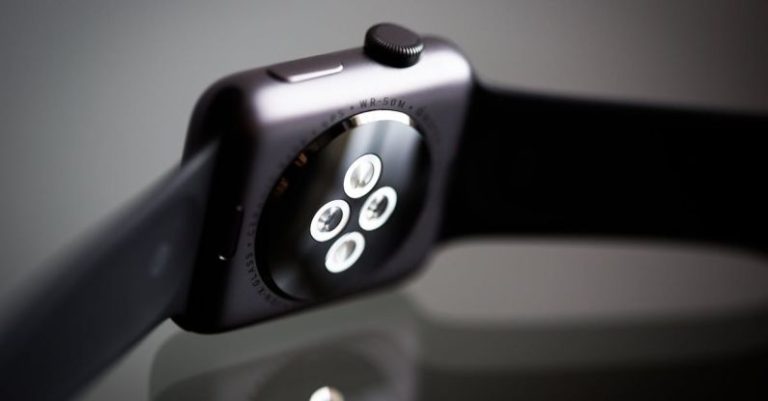Anticipating the Future: Composites in Space Exploration
In the vast unknown expanse of space, where exploration and discovery are paramount, the utilization of advanced materials is crucial for pushing the boundaries of our understanding of the universe. Composites, with their unique properties and versatile capabilities, have emerged as a key player in the realm of space exploration. From spacecraft components to habitat structures on distant planets, composites are revolutionizing the way we approach the challenges of venturing beyond Earth’s atmosphere. In this article, we delve into the exciting world of composites in space exploration, exploring their applications, benefits, and the future possibilities they hold.
**The Evolution of Composites in Space**
Composites, engineered materials made from two or more constituent materials with significantly different physical or chemical properties, have a long history of being used in aerospace applications. The evolution of composites in space exploration can be traced back to the early days of rocketry, where reinforced plastics were employed to enhance the structural integrity of spacecraft components. Over the years, advancements in material science and manufacturing techniques have led to the development of increasingly sophisticated composite materials that offer superior strength-to-weight ratios, thermal stability, and resistance to harsh environmental conditions.
**Applications of Composites in Space Exploration**
Composites find wide-ranging applications in various aspects of space exploration, from the construction of spacecraft and satellites to the development of habitats for long-duration missions on other celestial bodies. One of the key areas where composites have made a significant impact is in the construction of lightweight and durable spacecraft structures. By using composites in critical components such as payload fairings, heat shields, and fuel tanks, space agencies can reduce the overall mass of the spacecraft, thereby improving fuel efficiency and payload capacity.
**Benefits of Composites in Space Exploration**
The use of composites in space exploration offers a multitude of benefits that contribute to the overall success and efficiency of missions beyond Earth’s orbit. One of the primary advantages of composites is their high strength-to-weight ratio, which allows spacecraft designers to create robust structures that are both lightweight and durable. This is particularly important for long-duration missions to distant planets or moons, where minimizing the weight of the spacecraft is critical for achieving mission objectives.
**Future Possibilities and Innovations**
Looking ahead, the future of composites in space exploration holds exciting possibilities for pushing the boundaries of human exploration of the cosmos. Researchers and engineers are continuously exploring new ways to enhance the performance and capabilities of composites in space applications. One area of particular interest is the development of innovative composite materials that can withstand the extreme conditions of space, such as high levels of radiation and temperature fluctuations.
**Towards a New Frontier: The Promise of Composites in Space**
As we gaze towards the stars and dream of the possibilities that lie beyond our current horizons, composites stand as a testament to human ingenuity and innovation in the quest for space exploration. With their unparalleled strength, versatility, and adaptability, composites are poised to play a central role in shaping the future of space exploration. By harnessing the potential of these advanced materials, we can unlock new frontiers, push the boundaries of our knowledge, and pave the way for a future where humanity’s reach extends far beyond the confines of our home planet.






